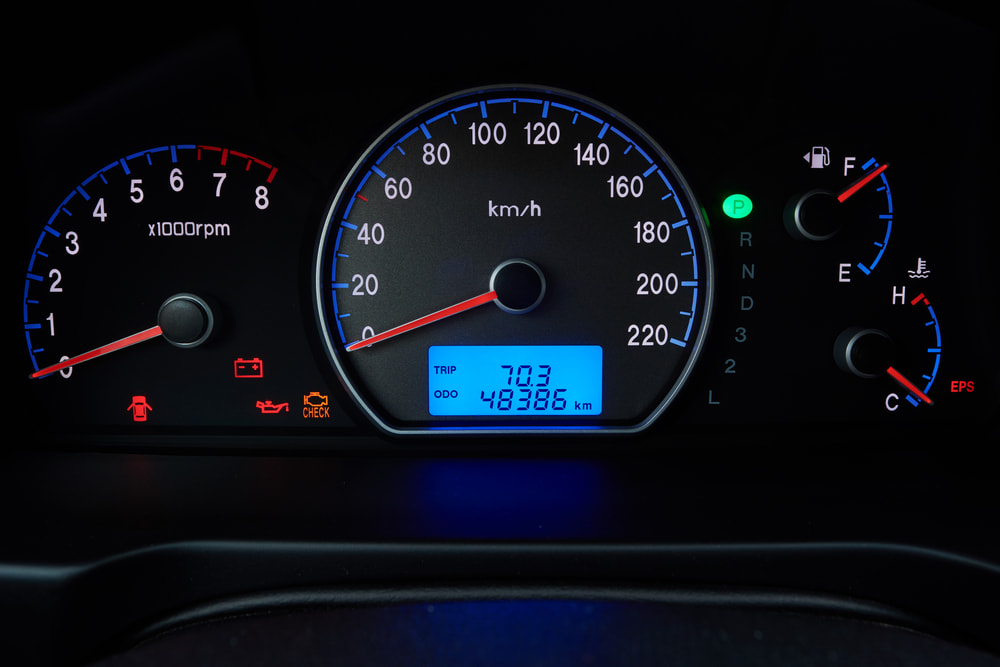

When you drive for work, you’re eligible for to take a write-off for nearly all of the miles you drive for business. And, while most self-employed professionals understand the need to track the miles they drive for business, few actually do a consistent job of keeping an accurate mileage log.
What is the deduction?
The U.S. Internal Revenue Service (IRS) allows anyone who drives for work to take a standard deduction of a set amount per mile for each business mile they drive. The 2016 IRS mileage rate is set at 54 cents per mile. So, as you can imagine, that deduction adds up fast.
However, there remains quite a bit of confusion regarding the mileage deduction, specifically who can take it and what’s required to document your drives.
Basically, you can deduct any driving you do for business, as long as it’s not your commute (this is important) and you weren’t reimbursed for it.
Types of trips that qualify for the deduction include: travel between offices; errands that you need to do in the course of your day such as trips to the bank, office supply store or post office; trips to the airport when you drive there for a business trip, drives to any odd jobs you’re performing to earn extra income and visiting customers. It’s a long list, and by no means comprehensive. But it should give you an idea about the sheer number of drives that could be putting money back in your pocket at tax time.
When tracking miles for tax reasons, there are a few key things you need to remember in order to maximize your deduction and not run afoul with the IRS.
Make sure you keep a “contemporaneous” log
The IRS requires that you record the start point, end point, date, mileage and reason for every single business drive you make. In addition, the IRS requires that your mileage log is contemporaneous, meaning kept in near-real time.
As you can imagine, this is a lot of work and extremely time consuming. As a result, many people end up “estimating” their miles at the end of the year. Avoid this at all costs because the IRS will not only reject such a log, but will also subject you to fines and interest if it determines your log is not contemporaneous.
You’ll avoid problems with the IRS, and save a lot of time, if you record your business miles each day, or use a mileage tracking app to automate the process and record each drive as it happens.
Make sure you’re tracking all of your miles
A lot of people think the deduction is so small that it’s not worth the hassle of keeping a detailed and accurate log. It’s easy to understand why 54 cents doesn’t sound like that much money, but those miles add up fast.
Many professionals remember to log the longer drives they make in the course of running their business, but don’t bother logging their shorter drives thinking it’s not worth the effort.
If you’ve been logging your miles, take a look at your past logs. Did you document your drives to get gas? How about the drive to the coffee shop to bring your client a coffee for a meeting? Or trips to buy office supplies, the post office, or hardware store.
Even though those drives seem short, remember that a trip to a location one mile away is actually $1.08 in round trip deductions. This multiplies over the course of the year. Now that’s serious tax savings.
If you can, have a home office
While you can take a tax deduction for the work miles you drive, you can never deduct your commute to and from work. This means that you can’t deduct your drive to and from your principal office. If you don’t have a regular office, you cannot deduct your drive from home to your first business event or from your last appointment to home.
However, one way to avoid the commuting rule is to have a home office that qualifies as your principal place of business. In this event, you can take a mileage deduction for any trips you make from your home office to another business location.
You can deduct the miles you drive from home to your second office, a client’s office or to attend a business-related seminar. The commuting rule doesn’t apply if you work at home because, with a home office, you never commute to work since you’re there already. As long as you follow IRS guidelines, you can also deduct your home office expenses.
Remember to consult a tax professional about your specific situation.
MileIQ is an app that automatically logs your drives and calculates their value. You can try it for free. For more information about writing off your business miles, visit the MileIQ blog.



